Mercedes-Benz 710 SS Sport Tourer
The once great popularity of pre-war vehicles seems to be crumbling more and more. This can be seen in the falling prices of some models as well as in the ever smaller displays of corresponding cars at the major classic car shows. Ultimately it is not surprising, as car fans are usually most influenced in their preferences by the vehicles of their childhood. Accordingly, the years of manufacture between 1960 and 1990 are now increasingly coming into the focus of collectors, while the period before World War 2 simply seems to be too far away for many. And yet it is precisely these cars that shouldn’t be lost sight of. After all, the years between the wars were the absolute heyday for external coachbuilders. At the same time, major technological improvements took place between the patenting of the motor car in 1886 and 1940, which in between always led to – from today’s perspective – exciting and interesting mistakes. That’s why our team from Secret Classics continue to take a look back at the past. Within the framework of Retromobile Paris, this is always particularly successful, as this French classic car motor show is one of only a few events that doesn’t want to forget where the automobile once came from. Accordingly, the car auctions held during the fair traditionally offer many interesting pre-war cars for sale. This year, for example, a beautiful Mercedes-Benz 710 SS Sports Tourer will be auctioned at Artcurial.
In contrast to today’s cars, the existence of this vehicle began a little differently. On April 28, 1929 the order from the New York Mercedes-Benz dealer arrived at the factory in Germany. Soon afterwards the chassis number 36223 was assigned and the chassis was finally manufactured. Although the German manufacturer was one of the few at that time to offer its own bodyworks ex works, it was still possible to order unbodied chassis and send them to the coachbuilder of one’s choice. Number 36223 crossed the Atlantic Ocean without bodywork and adorned the Mercedes stand at the New York Auto Show in 1930. For this purpose, some additional chrome ornamentation was added to the frame, which can still be found today. After the car show the chassis was sent back to Europe, where it was probably fitted with a Sports Tourer body by the coachbuilder Fernandez & Darrin in Paris between 1931 and 1932. On the one hand this can be seen from some still existing documents, on the other hand the styling, especially the fenders, clearly speak for Darrin as the designer, even if there is no corresponding plaque on the car. Duesenberg and Hispano-Suiza designed by him look very similar. Howard ‘Dutch’ Darrin worked with Thomas Hibbard until 1931, when he founded his own company together with the businessman Jino Fernandez. At this time Fernandez already owned another coachbuilder in Boulogne and a showroom on the Champs-Élysée in Paris.
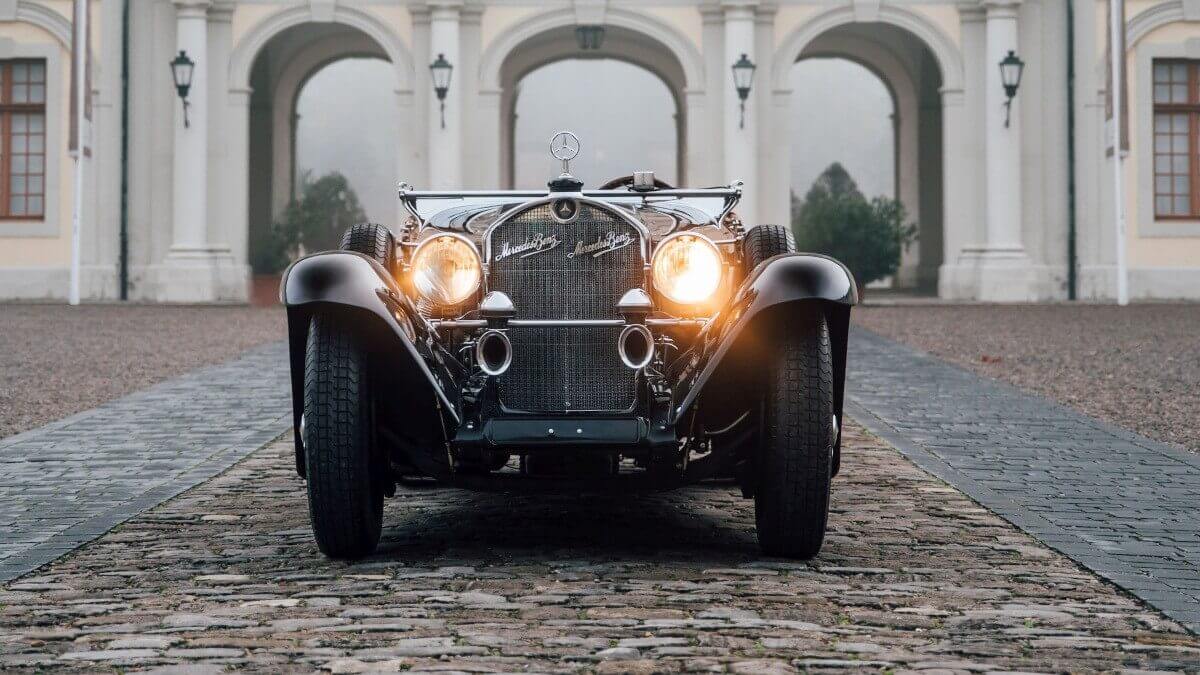



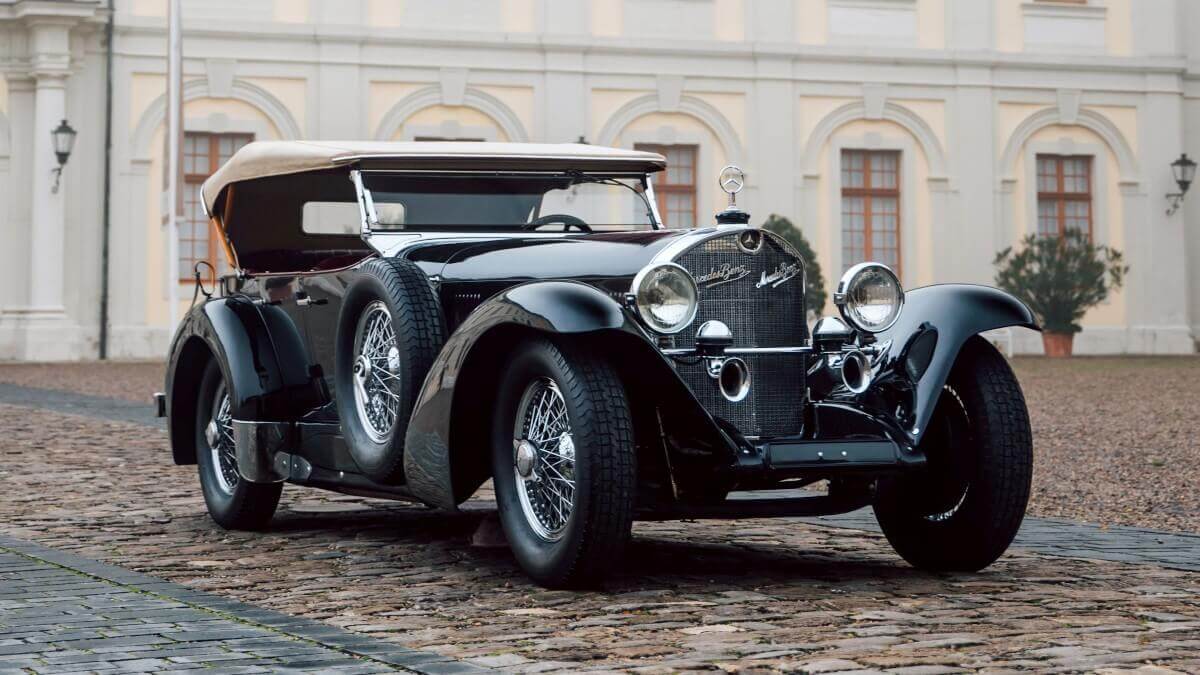







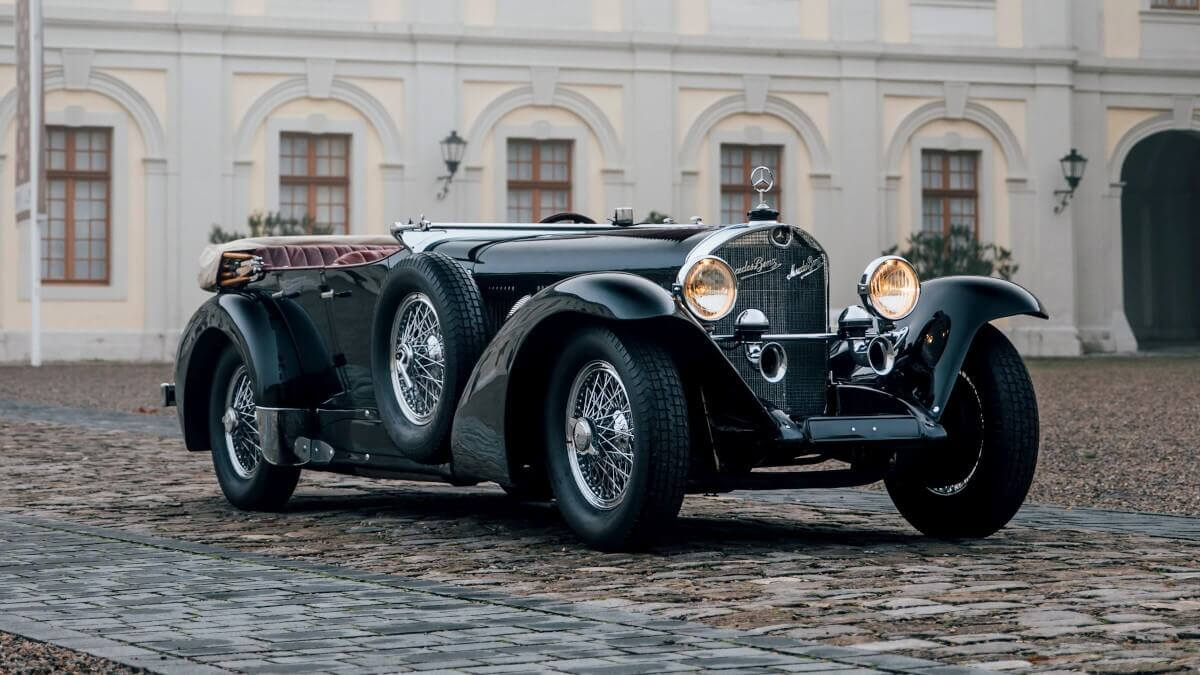







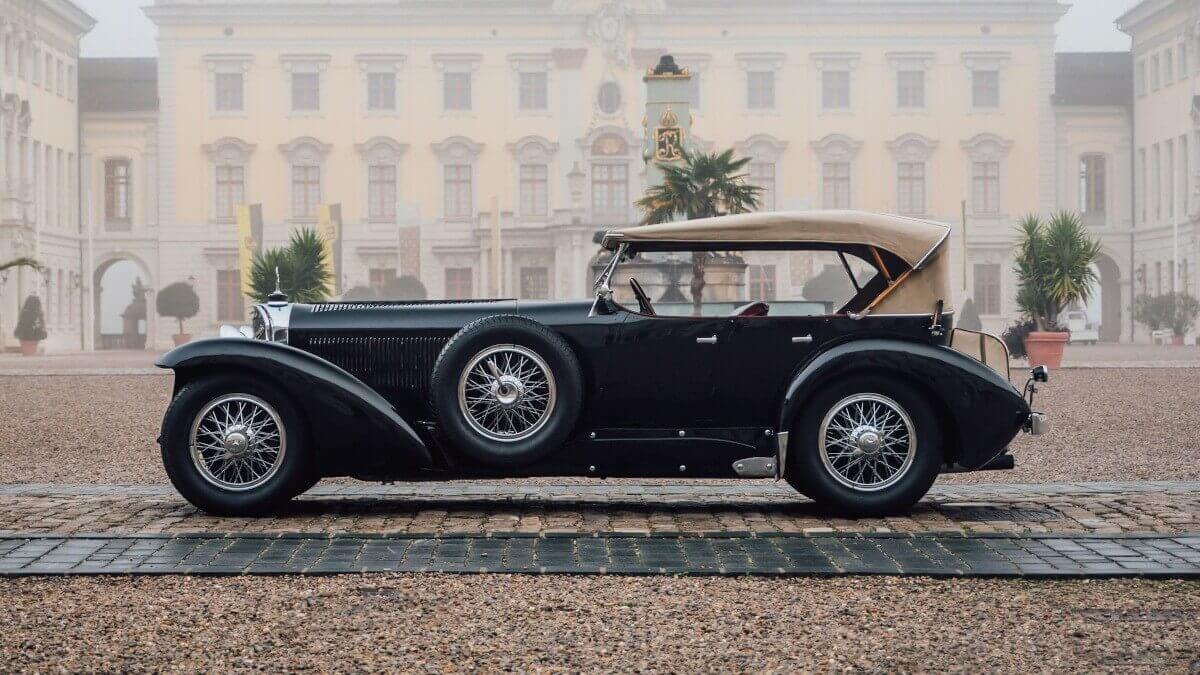







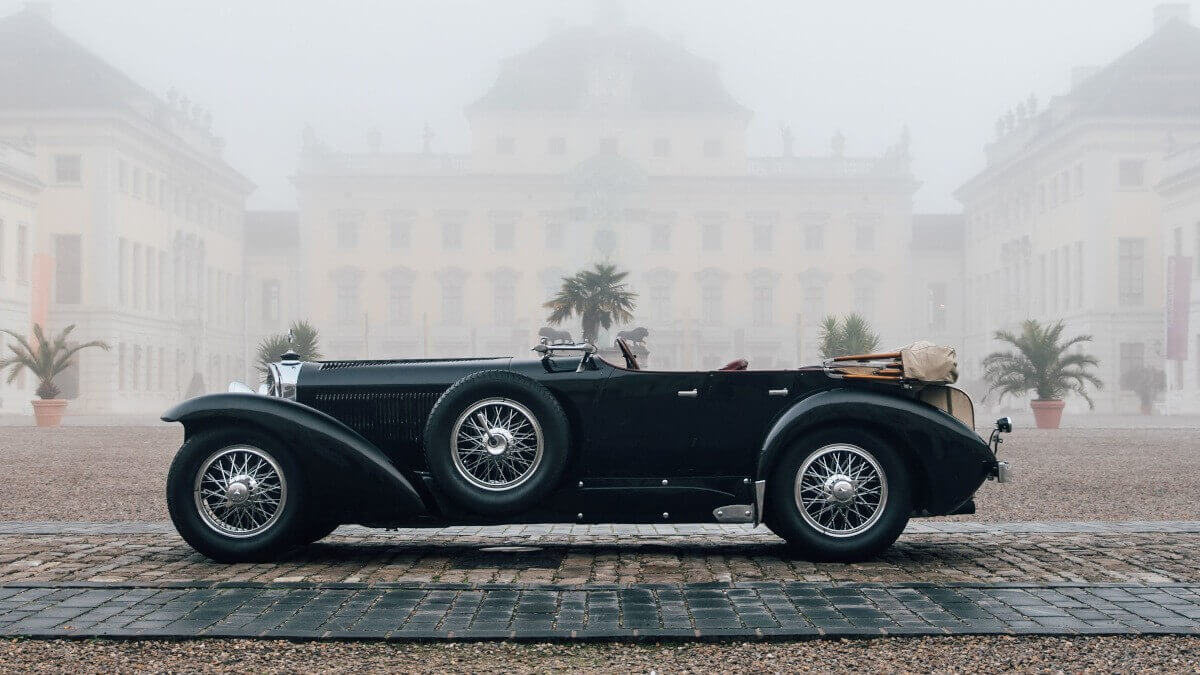











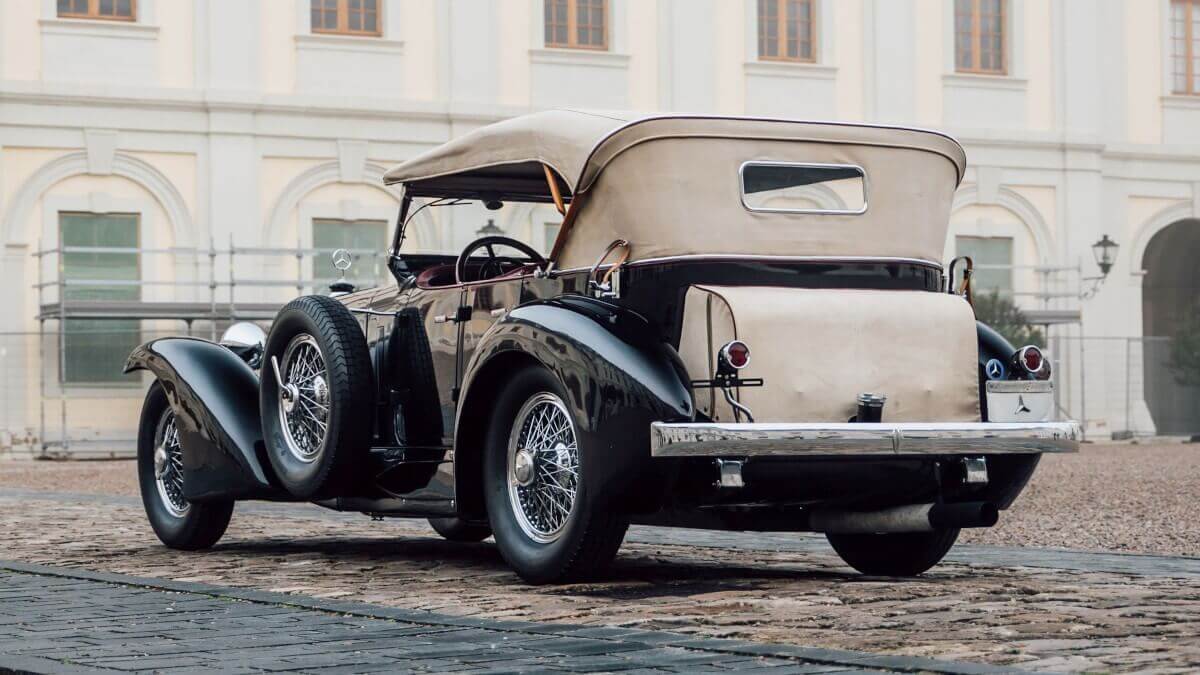



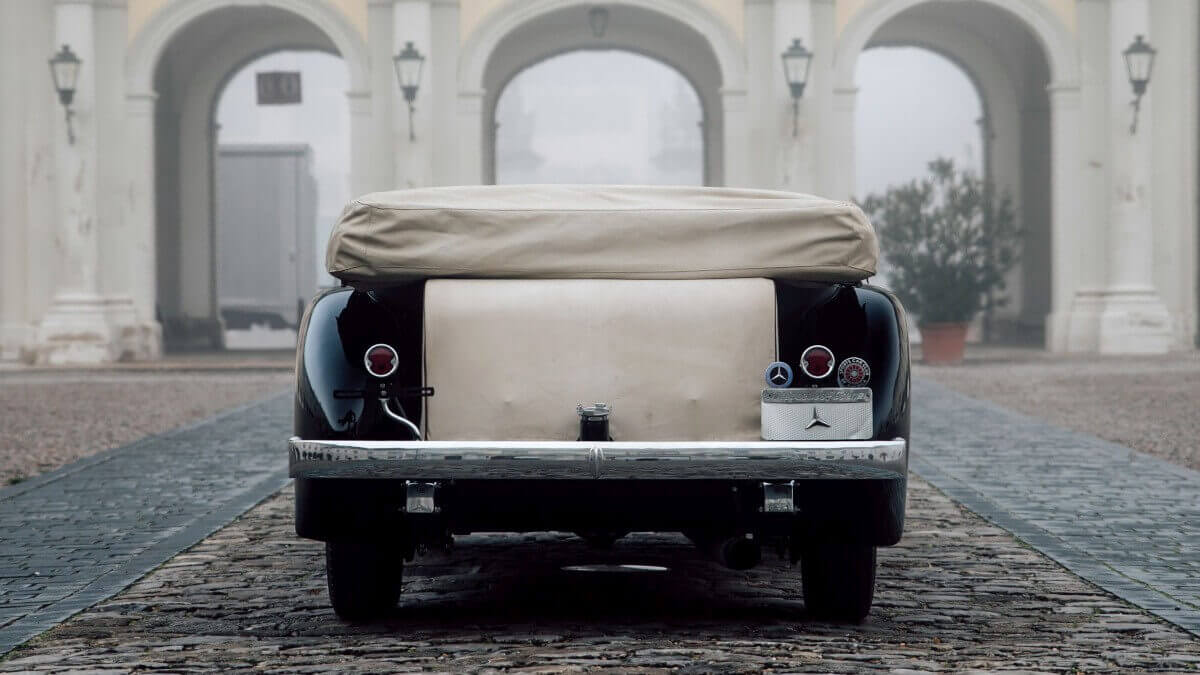



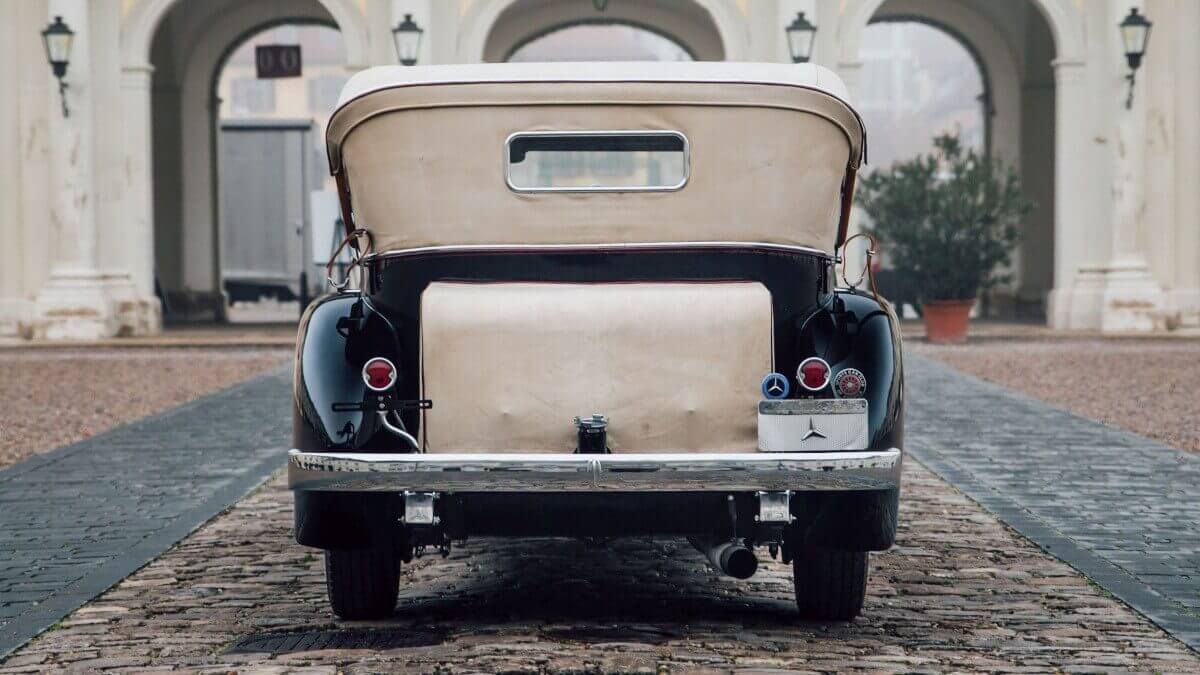



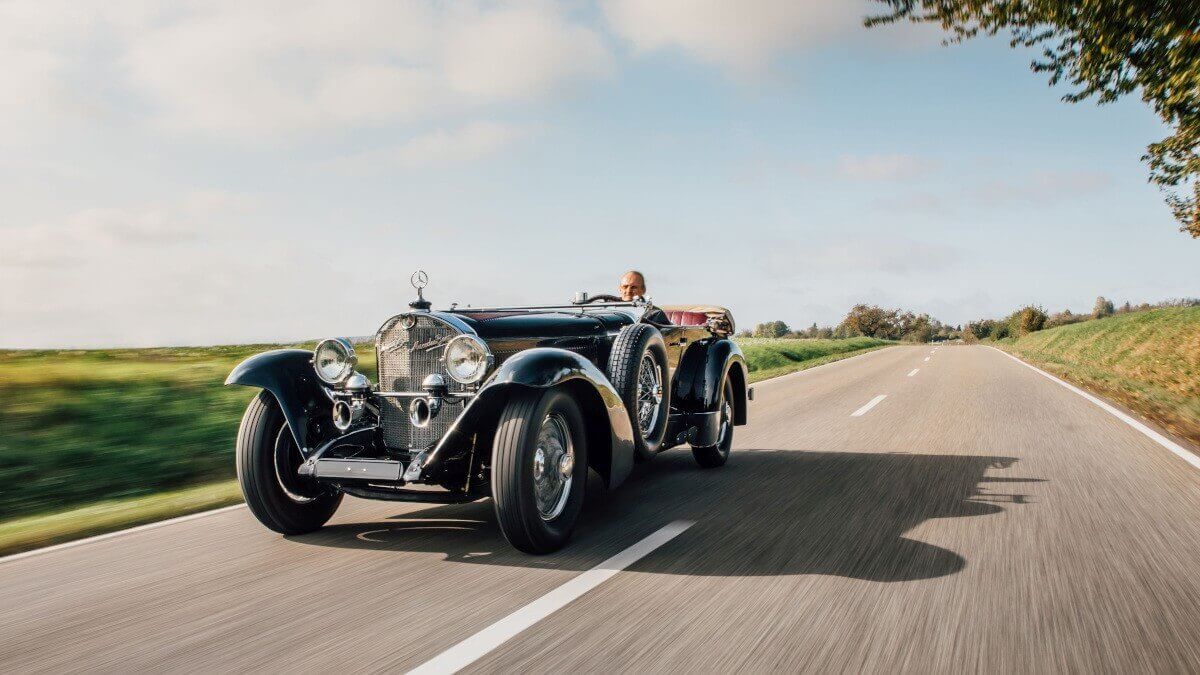



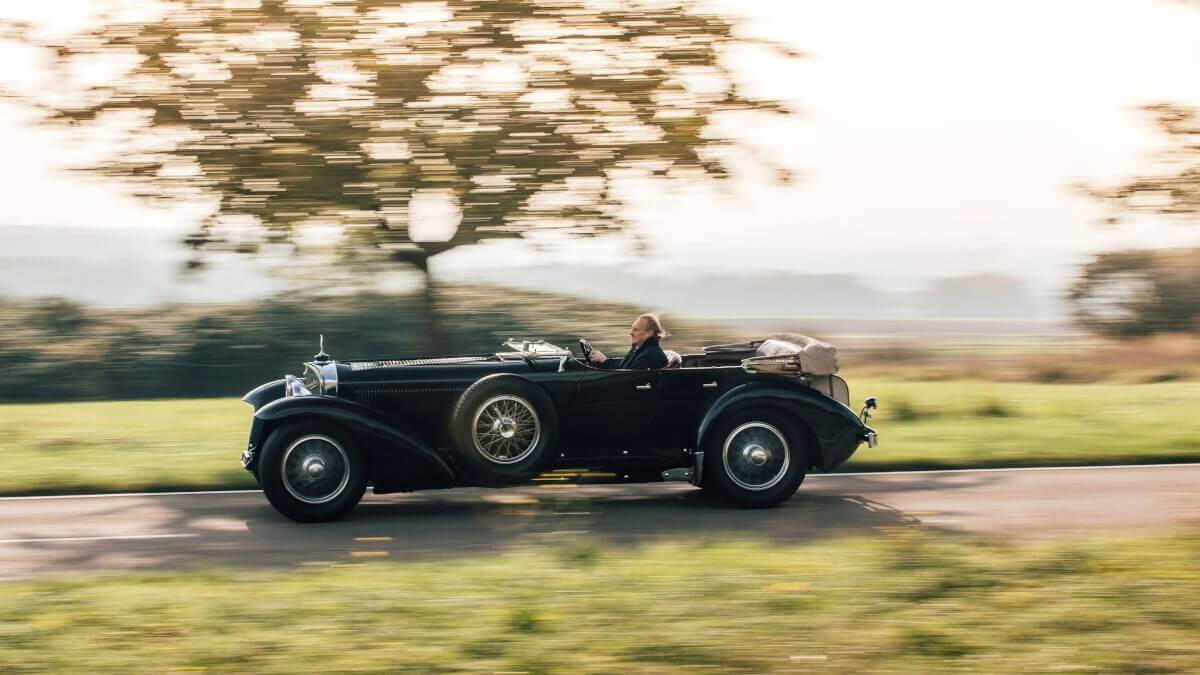



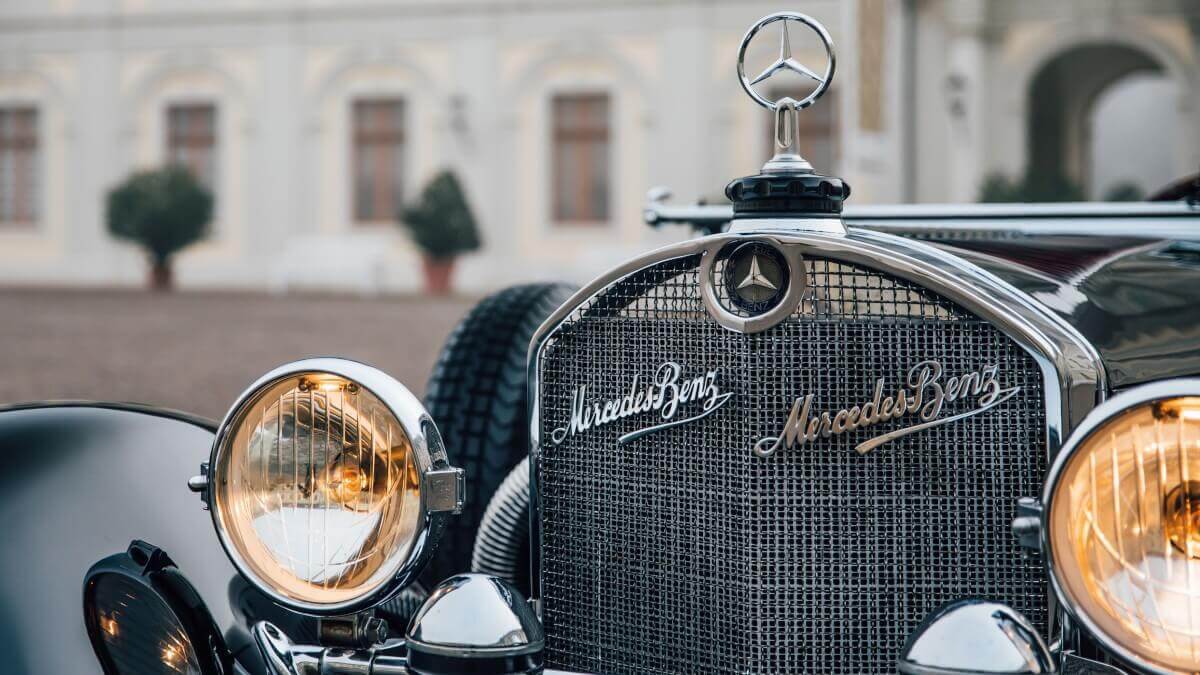







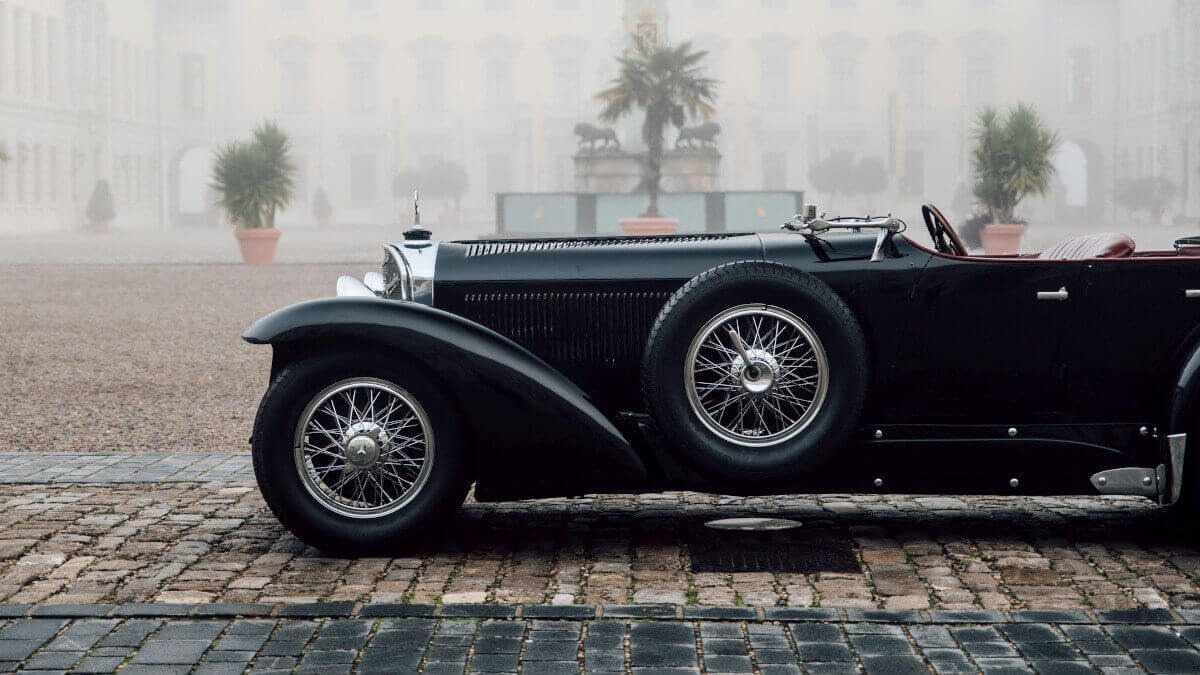



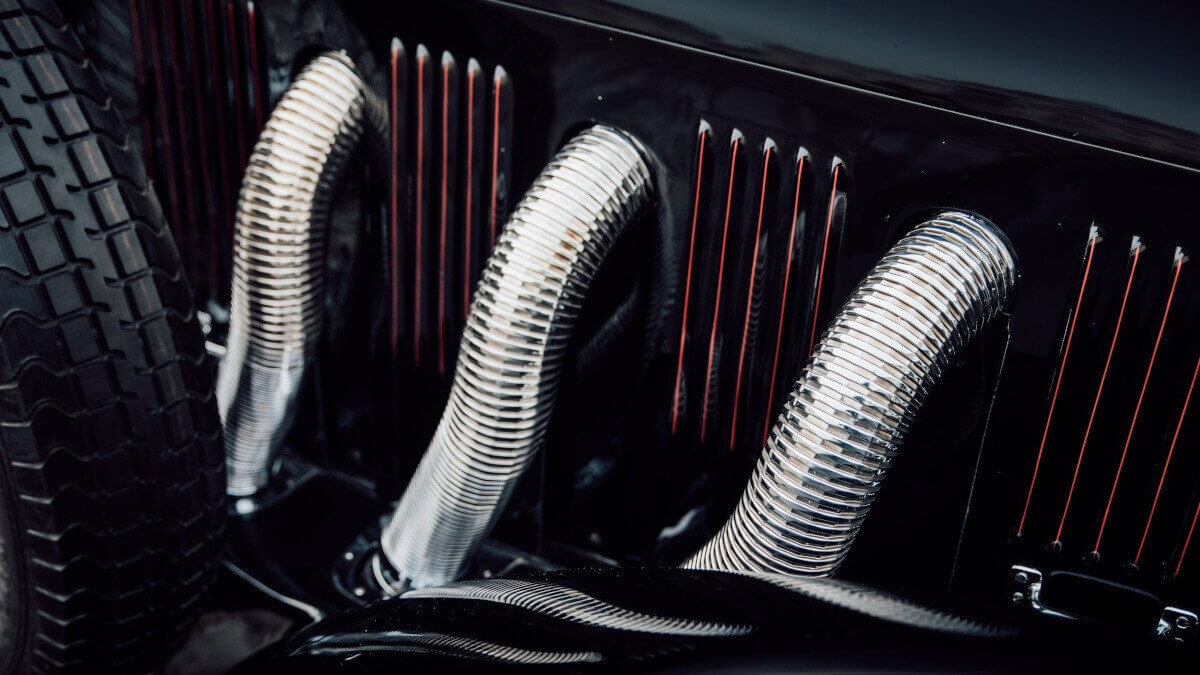







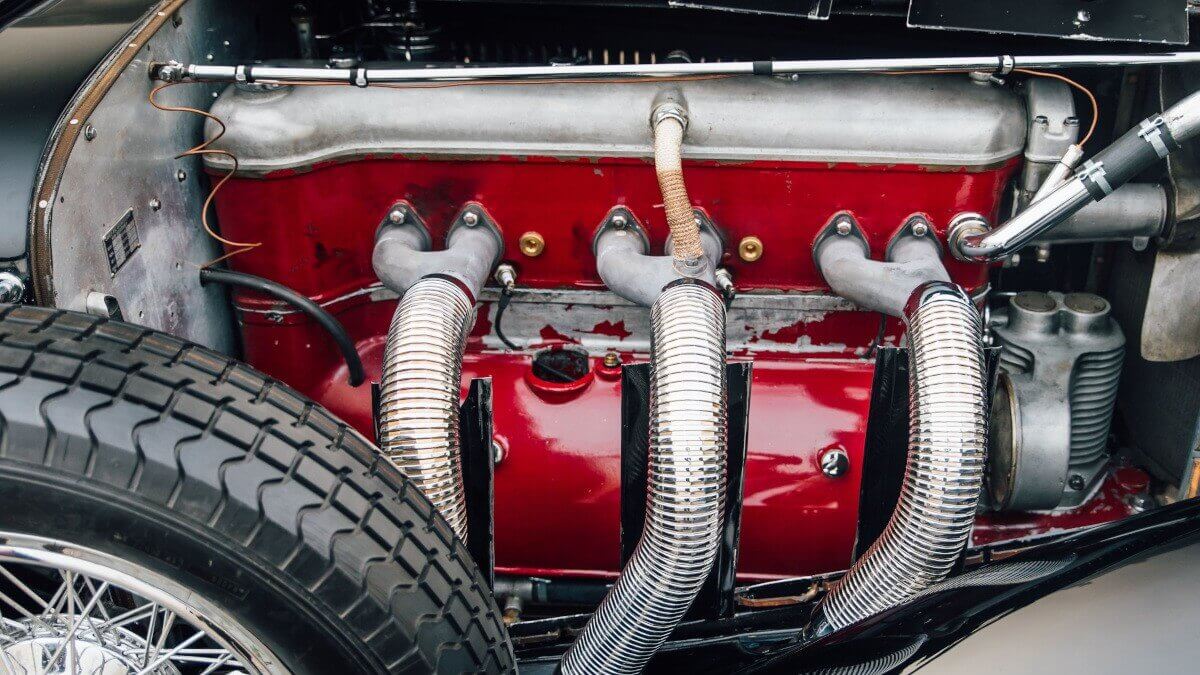



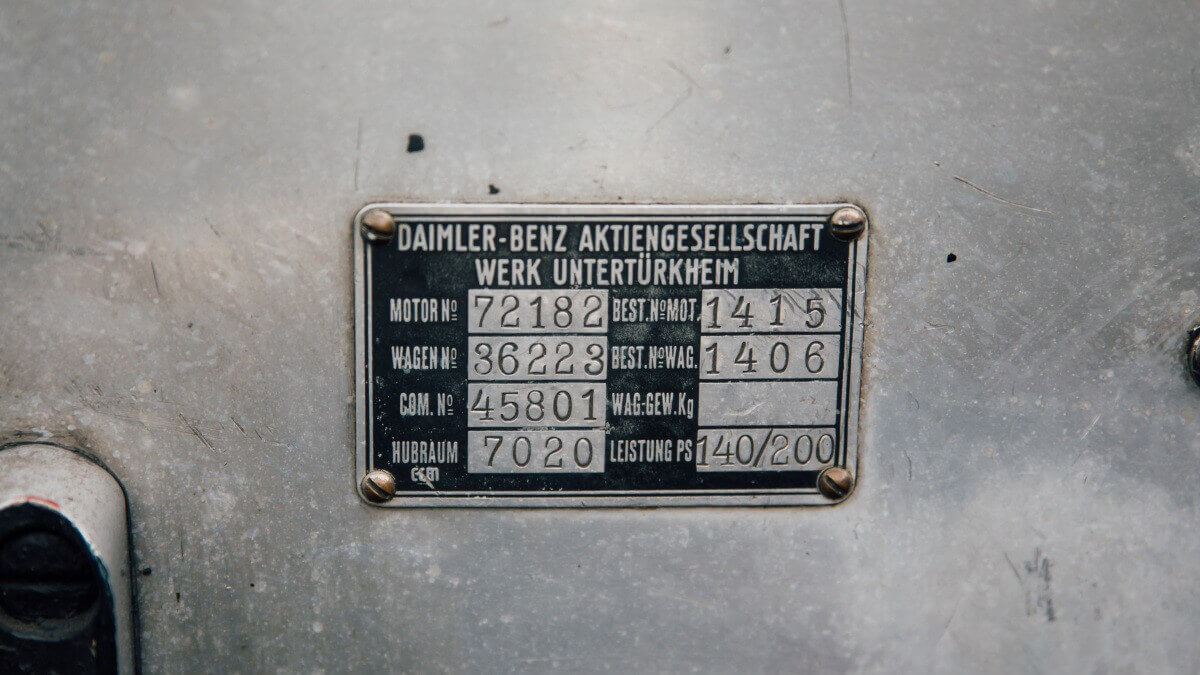



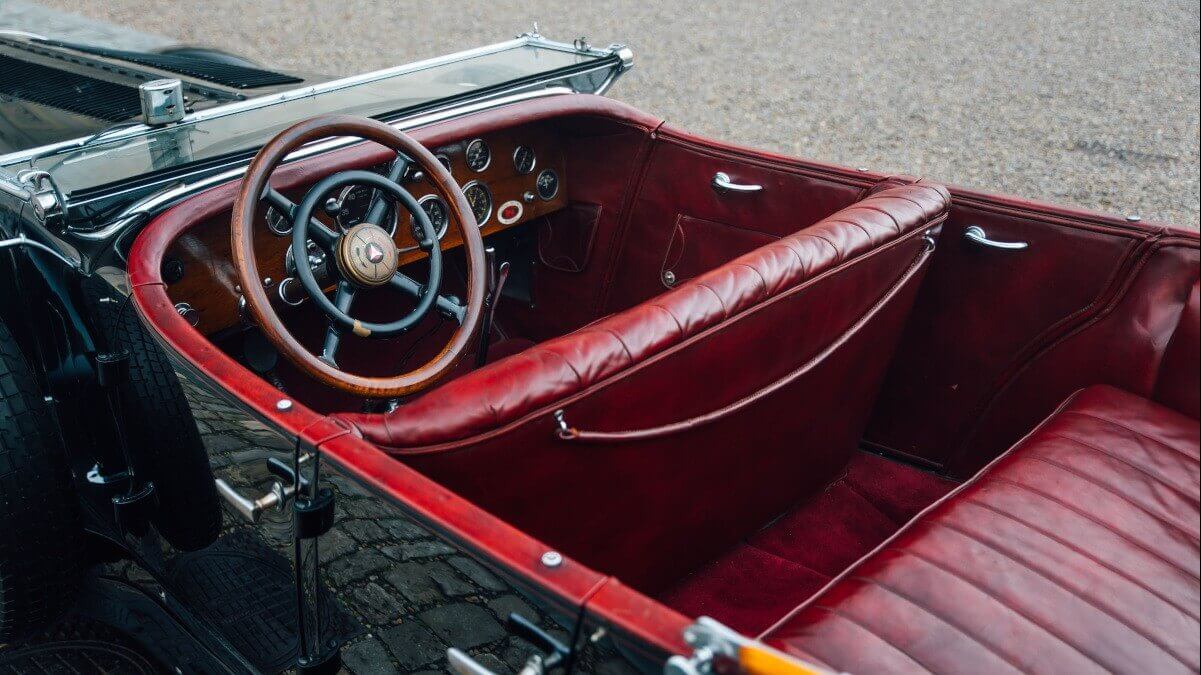



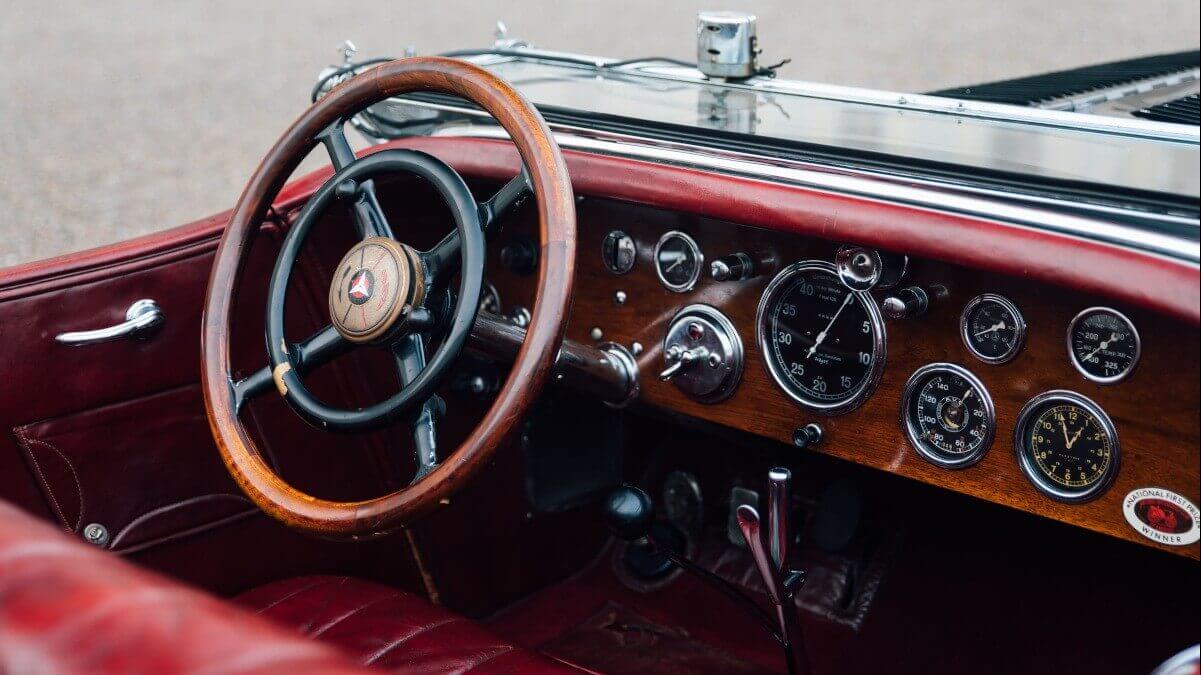



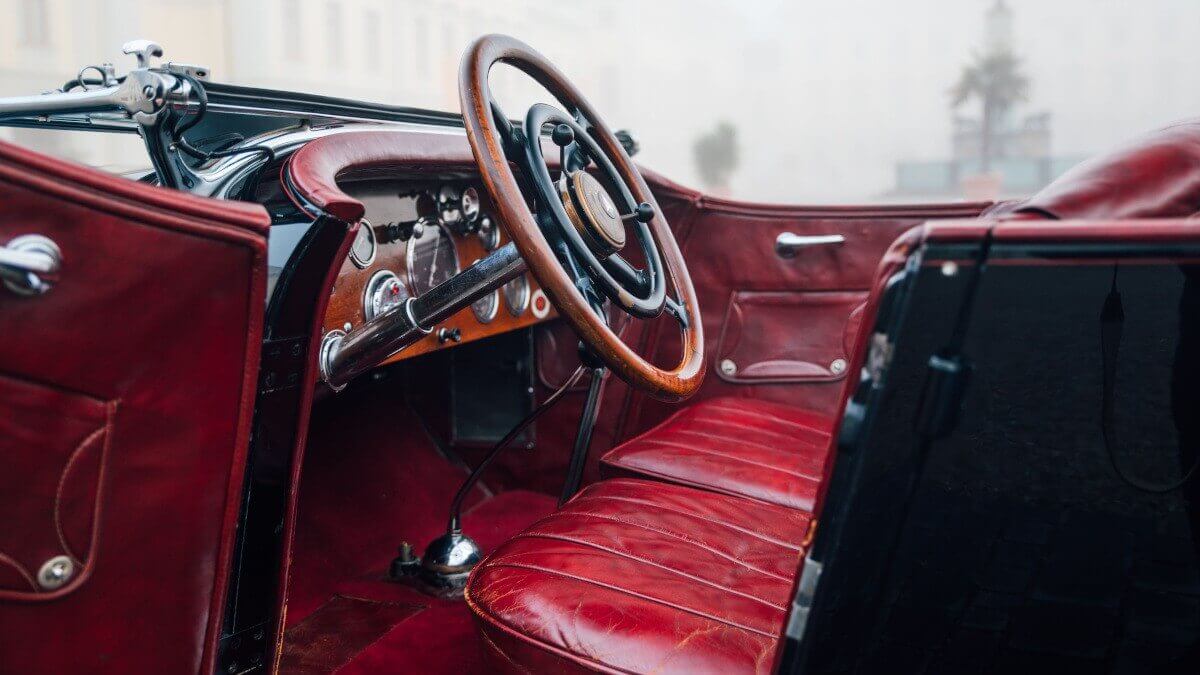







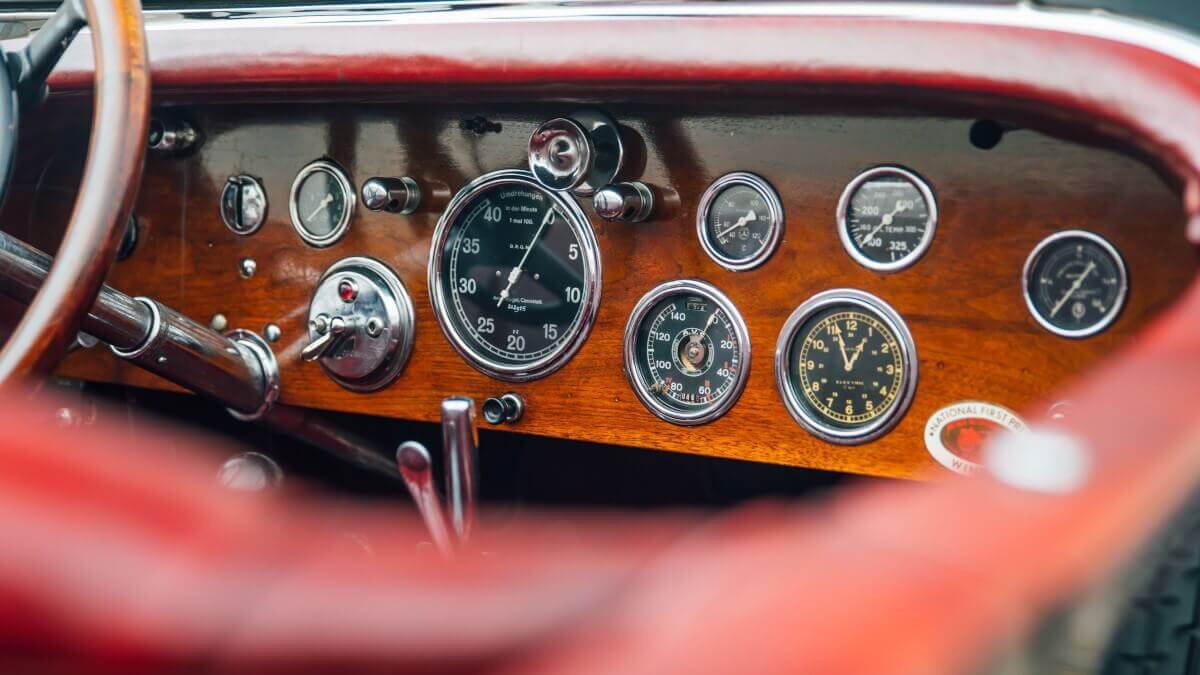







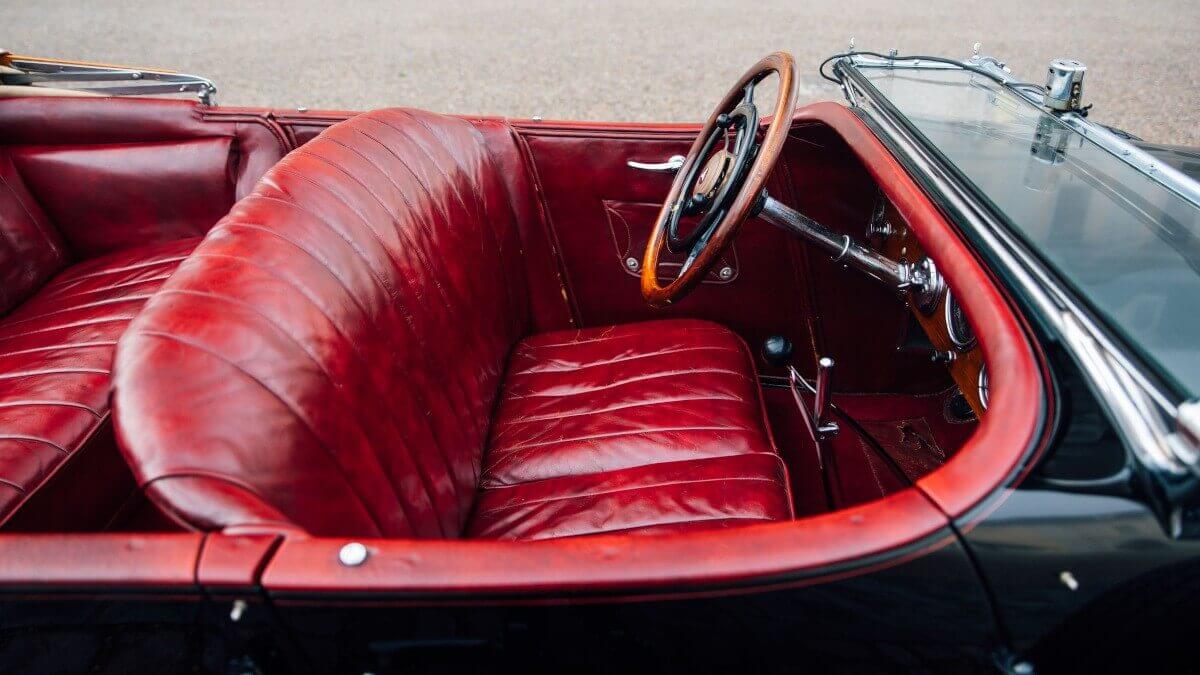



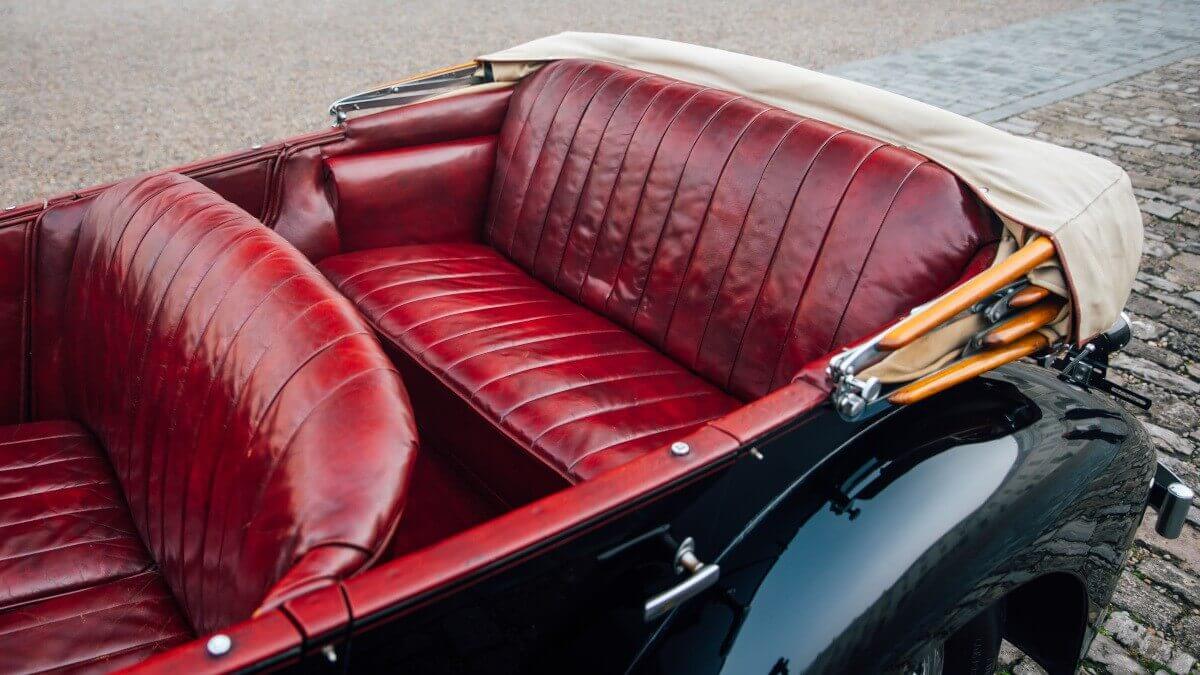



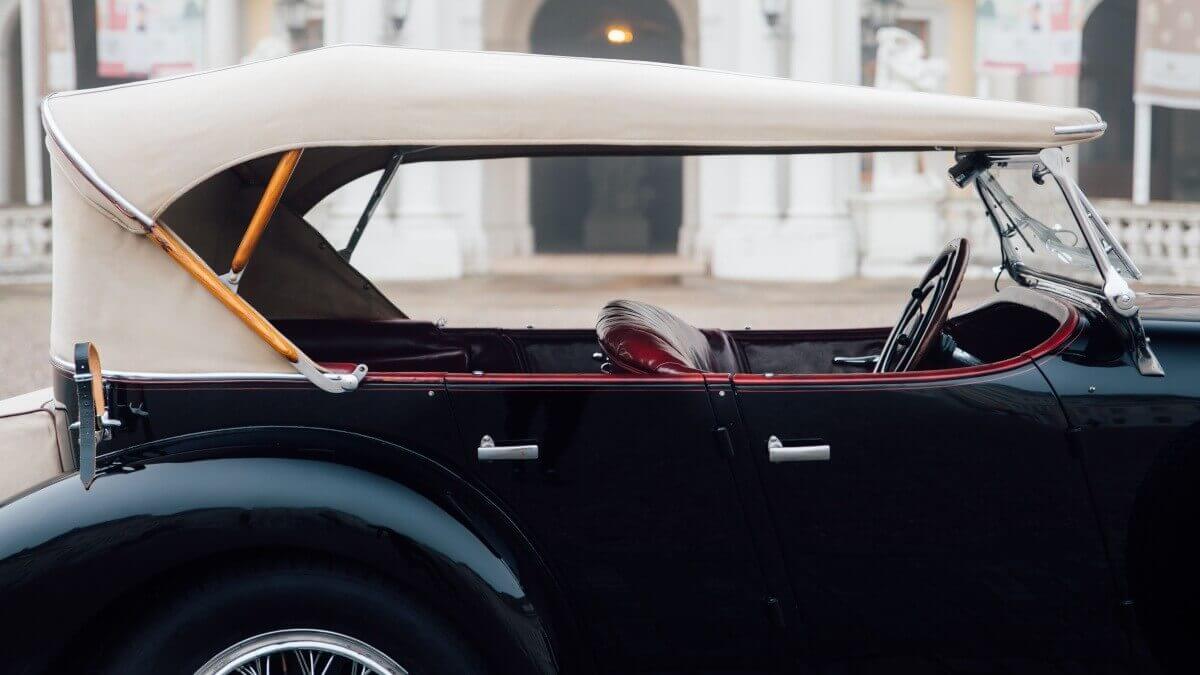



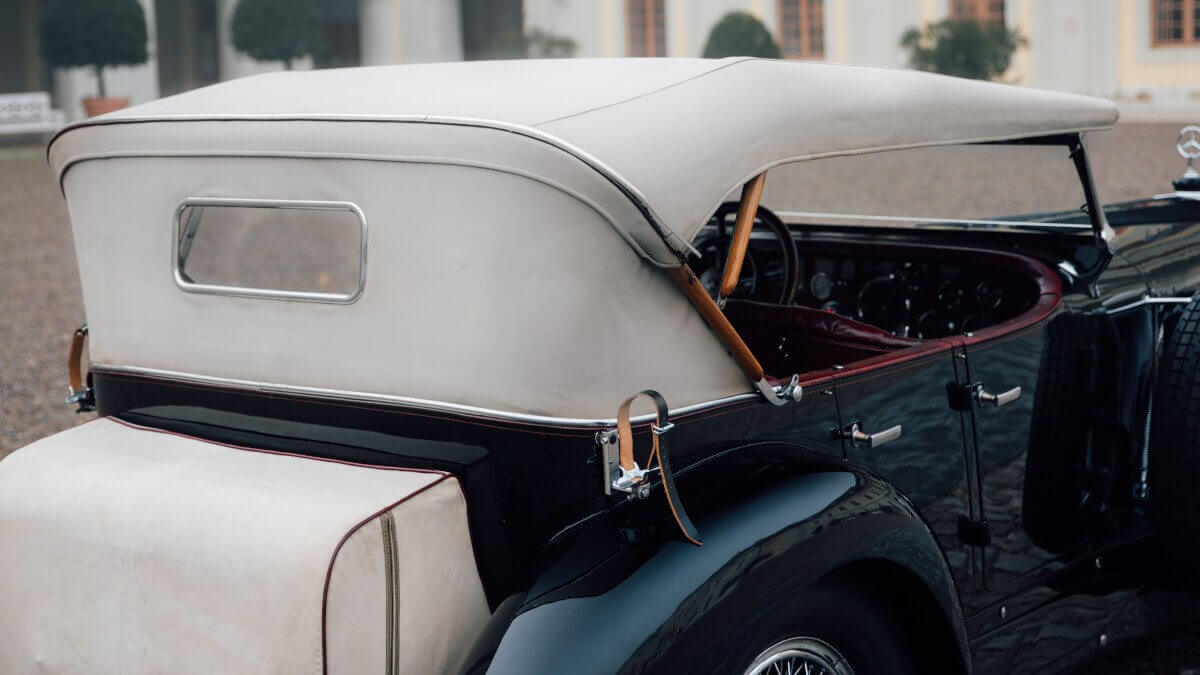



Between the protruding fenders of this Mercedes-Benz 710 SS sits a beautiful Sports Tourer body with four seats, four relatively small doors, a fully retractable soft top over the entire length of the passenger compartment and a folding windscreen. Plenty of chrome at the front, for example on the V-shaped radiator grille, the two horns, the exhaust pipes emerging from the side of the bonnet, the large headlights and, last but not least, on the spoke rims, provide beautiful contrasts to the black paint and dark red leather interior. For many decades this 710 remained in the USA after the completion of the bodywork and another crossing of the Atlantic, changing hands several times. Until 1957 the Mercedes wore its original white paint scheme, before a minor restoration was carried out and the car was repainted. In 2009 the car returned to Germany and received certification from Mercedes-Benz Classic. In 2016 the inline six-cylinder engine was extensively revised. In normal operation, this engine produces 140 hp from a displacement of 7.1 liters, which can be increased to 200 hp for a short time by engaging a Roots supercharger. This enables the large Sports Tourer to reach a topspeed of up to 200 kph (124 mph).
On the basis of the 710 SS of the W06 series, Mercedes-Benz also built up the still well-known SSK and SSKL models with slightly shortened chassis. But also the longer SS (Super Sport) was more than successful in motorsport at that time and was also popular as a long-distance vehicle with frequent drivers. Altogether only 111 copies of the 710 SS were built, of which a small number got a special body from external coachbuilders. Some didn’t survive the years of war, while others were used to build replicas of the more famous and more expensive SSKs and SSKLs, further decimating the stock of original vehicles. Artcurial expects a hammer price in the range between 6,000,000 and 8,000,000 € for this extraordinary specimen.
Images: Artcurial, Alex Penfold




